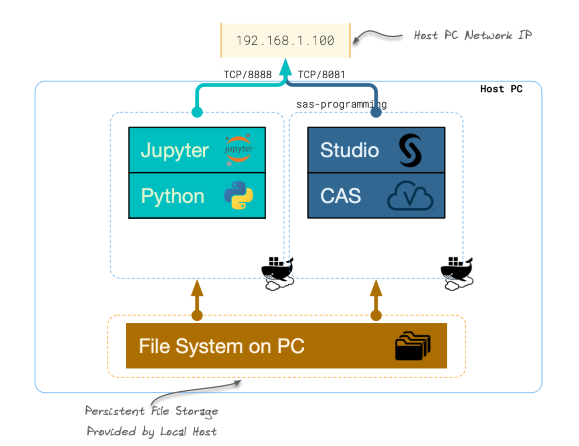
A good public transportation system is crucial to develop smart cities, particularly in great metropolitan areas. Network optimization algorithms can be applied to better understand urban mobility, particularly based on a multimodal public transportation network.












































